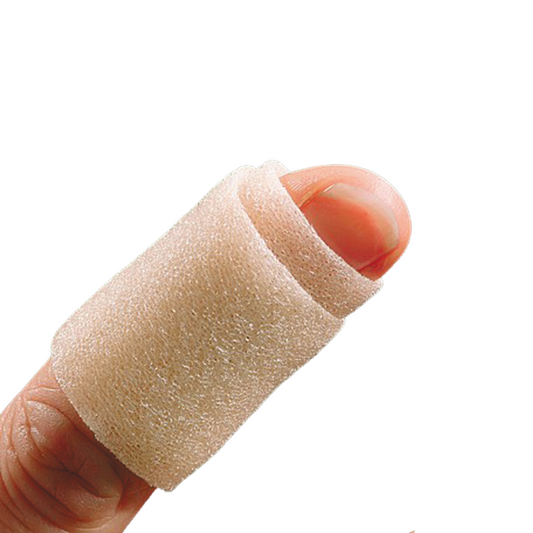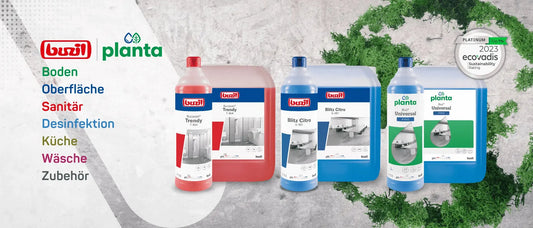First aid
Buy First aid easily online - Altruan.de
First Aid: Quick Action in Emergency Situations and the Right Tools
First aid is the immediate care of an injured or ill person before professional medical help arrives. The quick and correct execution of first aid measures can be life-saving and prevent serious consequences. Whether in accidents at home, during sports, or in road traffic – first aid is essential in many situations. Therefore, it is important to know the basics of first aid and always have a well-equipped first aid kit ready.
How to Administer First Aid: Basic Steps
- Ensure Safety: First, make sure the environment is safe to avoid further danger to yourself, the injured person, and others.
- Check Consciousness and Call Emergency Services: Check if the injured person is conscious. Speak to them loudly and clearly. If there is no response, immediately call emergency services (in many countries 112) and describe the situation. For older people, the Beurer emergency bracelet with automatic fall detection including emergency call function is suitable for quickly contacting emergency contacts at home and on the go.
- Clear Airways and Check Breathing: Check the injured person's breathing by listening and feeling if air is flowing from the mouth or nose, and observe chest movements. In case of respiratory arrest, start cardiopulmonary resuscitation (CPR) immediately.
- Recovery Position: If the injured person is unconscious but breathing, place them in the recovery position to keep the airways clear and prevent choking.
- Treat Wounds: Use sterile bandaging materials from the first aid kit to stop bleeding and cover wounds. Make sure to avoid contaminating the wound as much as possible.
Products in the First Aid Kit and Their Use
A well-equipped first aid kit is essential for quick response in an emergency situation. Standard products include:
- Sterile Compresses: They are used to cover wounds and stop bleeding. Compresses are sterile packaged and available in various sizes to cover both small and larger wounds.
- Dressing packs and gauze bandages: These are ideal for securing wound dressings and protecting the injury. Gauze bandages are elastic and adapt well to different body shapes.
- Plasters: For smaller cuts and abrasions, plasters are a quick and easy solution. They protect the wound from dirt and infections.
- Triangular bandage: A triangular bandage can be used in various ways, such as a sling for arm injuries or to secure bandages on the head or extremities.
- Disposable gloves: These protect the helper from contact with blood and other body fluids and reduce the risk of cross-contamination.
Supplementary aids for first aid
In addition to the basic products in the first aid kit, cold and heat therapy products such as cold packs and heat packs can be a valuable addition to first aid.
- Cold packs: They are particularly useful for treating bruises, sprains, or other minor injuries. The cooling reduces swelling and relieves pain by constricting blood vessels and reducing blood flow.
- Heat therapy: These products can be used to relieve tension, muscle cramps, or back pain. The heat promotes circulation and relaxes the muscles, which is especially soothing after an injury or for chronic conditions.
- Combined heat-cold compresses: These versatile compresses can be used as both a cold and heat pack, depending on the need. They are ideal for use with various injuries or conditions and offer flexible application possibilities.
First aid can be crucial in many emergency situations and save lives. Knowing the basic steps of first aid and having a well-equipped first aid kit available is essential to react quickly and effectively in an emergency. Products such as sterile compresses, dressing packs, plasters, and triangular bandages are as important as cold and heat therapy products like cold packs and heat packs and are available in our online shop at Altruan.de available. Good preparation and knowledge of the correct use of these tools can make the difference in an emergency.
Common questions & answers
Here you will find the most frequently asked questions and our answers about the products First aid.



























